Editor's note: The following advertiser-supported content appeared in the Essential Park Guide, Winter 2018-19.
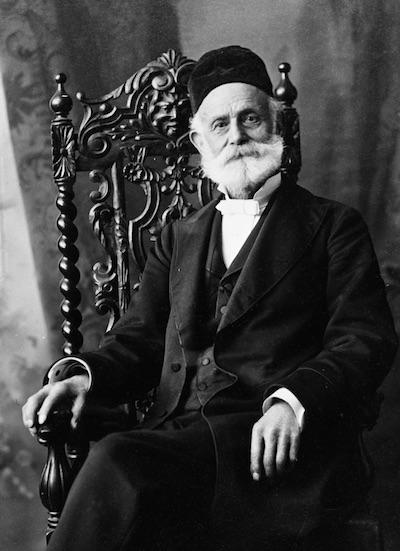
James Hutchings
There is an argument that Yosemite is actually the world’s first national park; President Lincoln’s Yosemite Grant in 1864 protected its scenic valley. Of course, it wasn’t until 1890 that Yosemite was officially designated a national park, some 18 years after Yellowstone claimed the distinction as the world’s first national park.
But with its head start, Yosemite quickly attracted those who were looking to both profit from the setting, and protecting it.
James and Elvira Hutchings opened the valley’s first hotel in 1865, after James visited the Yosemite Valley in 1855, and again in 1859. He described his first lodging there as a “crude two-story” inn. So, he bought the building the next year, made some relatively minor upgrades, and opened it for business.
It didn’t last long for the Hutchings however, as the Yosemite Grant prompted California officials to declare his land ownership in the valley invalid, and they were forced out.
Here is a look at some others who played key roles in Yosemite’s maturation as a national park:
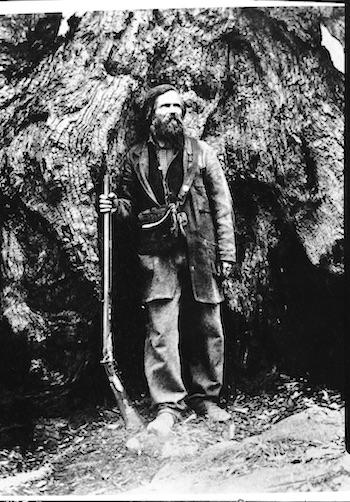
Young Galen Clark, Yosemite National Park
Galen Clark
Clark is considered the first guardian of Yosemite’s big trees. In 1857 he was so taken by the giant sequoias, in what’s now known as Mariposa Grove, that he wrote newspaper articles to both promote and protect the trees. After the Yosemite Grant was signed, Clark was appointed by the state of California to be Yosemite’s “guardian,” a role he served for 24 years.
John Muir
Muir was a mere 31 years old when he worked for the Hutchings as a carpenter, and he also spent time tending sheep in Tuolumne Meadows. Of course, he later gained worldwide fame as a voice for wilderness. A prolific writer, he also traveled to Alaska for the San Francisco Bulletin to chronicle the landscape that would oneday become Glacier Bay National Park and later to Mount Rainier.
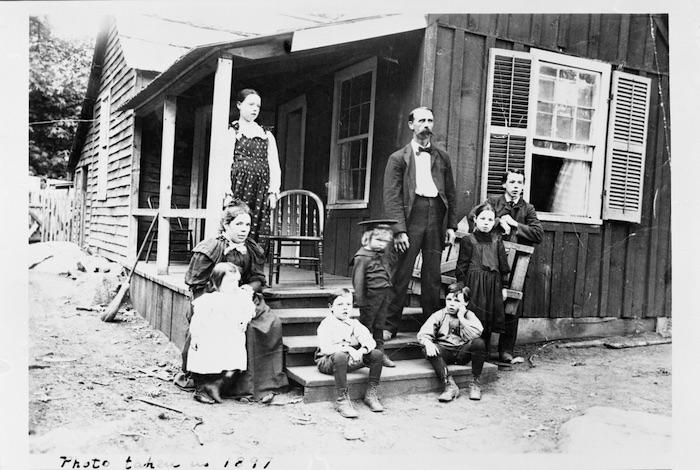
The Degnan family made its mark on Yosemite with a bakery.
John and Bridget Degnan
Today you might stop for something to eat at Degnan’s Deli in the Yosemite Valley. What you might not realize is that its name comes from the Degnans—John and Bridget—who started a bakery business in the valley in 1890. Bridget at one point cranked out 50 loaves of bread a day, and sold them for 12.5 cents a loaf. At the turn of the century they invested in a brick Dutch oven that allowed them to double that production. Their business remained in family hands until 1974.
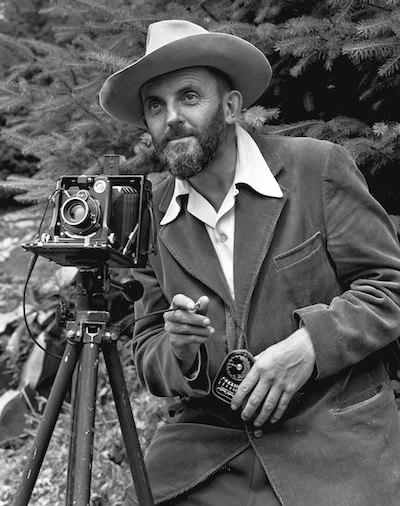
Ansel Adams Wikimedia Commons/J. Malcolm Greany
Ansel Adams
Known as the father of landscape photography, Adams honed his craft in Yosemite. His early Sierra Club membership brought him as a young photographer to the park often in the 1920s. As well as taking photos for the club, he helped erect the cable system on Half Dome each summer. He also spent time as the caretaker of the LeConte Memorial Lodge in the Yosemite Valley , Later, his black-and-white photos helped persuade Congress to designate Kings Canyon National Park.
These, of course, are just biographical tidbits to entice you to learn more about Yosemite’s early stalwarts on your next trip to the park. For lodging, consider one of the 115 properties at Yosemite’s Scenic Wonders Vacation Rentals. With homes in Yosemite West and Wawona, the Yosemite Valley and the Mariposa Grove of Sequoias are just a short drive away

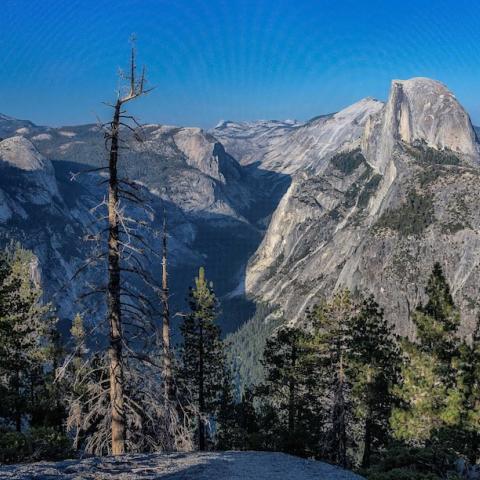


 Support Essential Coverage of Essential Places
Support Essential Coverage of Essential Places







Comments
A case can be made for Hot Springs in Arkansas as the first national park. From the NPS website:
Hot Springs National Park was once known as Hot Springs Reservation. It was set aside in 1832 to protect the Park's primary resource, the hot springs.This type of Reservation was an early version of the National Park idea. Hot Springs was actually the first area in the United States to be set aside for its natural features. After Yellowstone was formed in 1872, Hot Springs was managed with it. In 1916 the National Park Service was formed and in 1921 Hot Springs Reservation changed its name to Hot Springs National Park...
I've heard that, but I don't believe it should be considered as such. It was primarily set aside to preserve its commercial uses rather than for natural resource protection. It was built as a town.